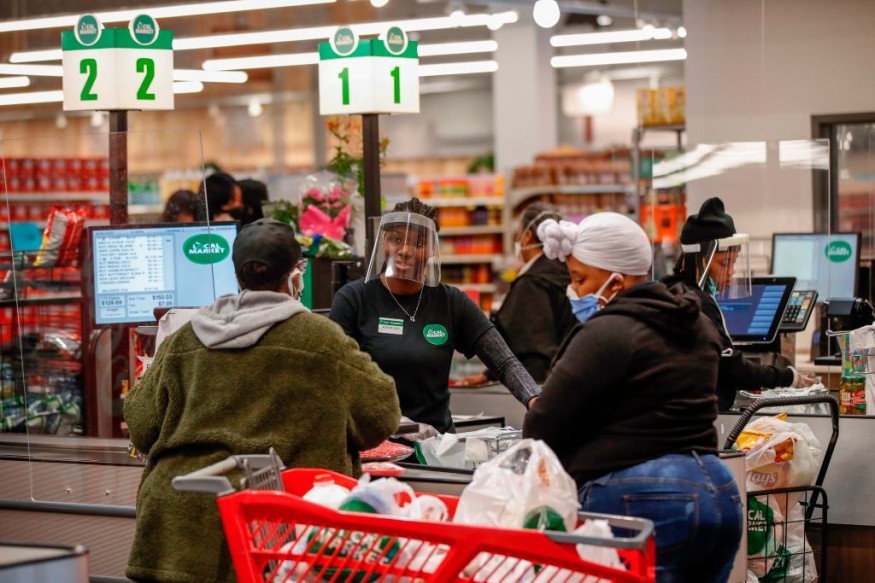SNAP Benefits Update: You Might Not Be Eligible for Food Stamp Payments If You Own a Car

The U.S. Department of Agriculture oversees the SNAP benefits payments, but the program itself is administered at the state level. Each state and U.S. territory has its own monthly schedule for when payments are distributed.
Aside from schedule, different states can add or alter the eligibility requirements for those eyeing to apply as recipients of food stamp payments.
As a general rule, states administering SNAP benefits payments determine applicants' eligibility through an individual or household's income and resources.
Household income before any of the program's deductions are applied must be at or below 130% of the poverty line.
The poverty level is higher for bigger families and can be lower for smaller families.
The same ruling applies to net income, wherein it must be at or below the poverty line.
The gross monthly income for a household size of 1 should be $1,473 and $1,133 for their net monthly income.
SNAP Benefits Resources
Currently, households may have $2,750 in countable resources such as cash or money in a bank account.
Households' resources can be at $4,250 if at least one member of the household is age 60 or older, or is disabled.
Certain resources are not counted when determining eligibility for SNAP such as a home and lot, resources of people who receive Supplemental Security Income, resources of people who receive Temporary Assistance for Needy Families, and most retirement and pension plans.
Meanwhile, the U.S. Department of Agriculture counts vehicles as a resource for SNAP benefits, with the state determining how many vehicles may count toward household resources.
Licensed vehicles are not counted if they are used for income-producing purposes such as tax, truck, or delivery vehicles.
They are also not counting vehicles as resources if households are annually producing income consistent with their fair market value; need it for long-distance travel for work; used as the home, and need to transport a physically disabled household member.
The vehicle will not also be counted if it is needed to carry most of the household's fuel or water; and if the sale of the vehicle would result in less than $1,500.
Vehicles can be counted as resources if it is unlicensed.
Licensed vehicles are subjected to an equity test, which is the fair market value less any amount owed on the vehicle.
Vehicles can be excluded from the equity test if there is one vehicle per adult household member.
It can also be excluded if household members under 18 use the vehicles to go to school or work or find work.
SNAP Benefits Payments
Twenty-one states will continue to pay emergency SNAP benefits payments in November 2022. The additional emergency allotment comes with at least $95 per household, which depends on the recipient's household size.
The states that will continue SNAP emergency allotments in November 2022 include California, Colorado, Hawaii, New Mexico, Oregon, and Wisconsin, among others.
SNAP benefits are usually deposited into the recipients' Electronic Benefit Transfer card, which can also be used to pay for procured food in authorized stores.
This article is owned by Latin Post.
Written by: Mary Webber
WATCH: SNAP Food Program Gets Boost In Benefits - from NBC News
Subscribe to Latin Post!
Sign up for our free newsletter for the Latest coverage!
© 2025 Latin Post. All rights reserved. Do not reproduce without permission.















